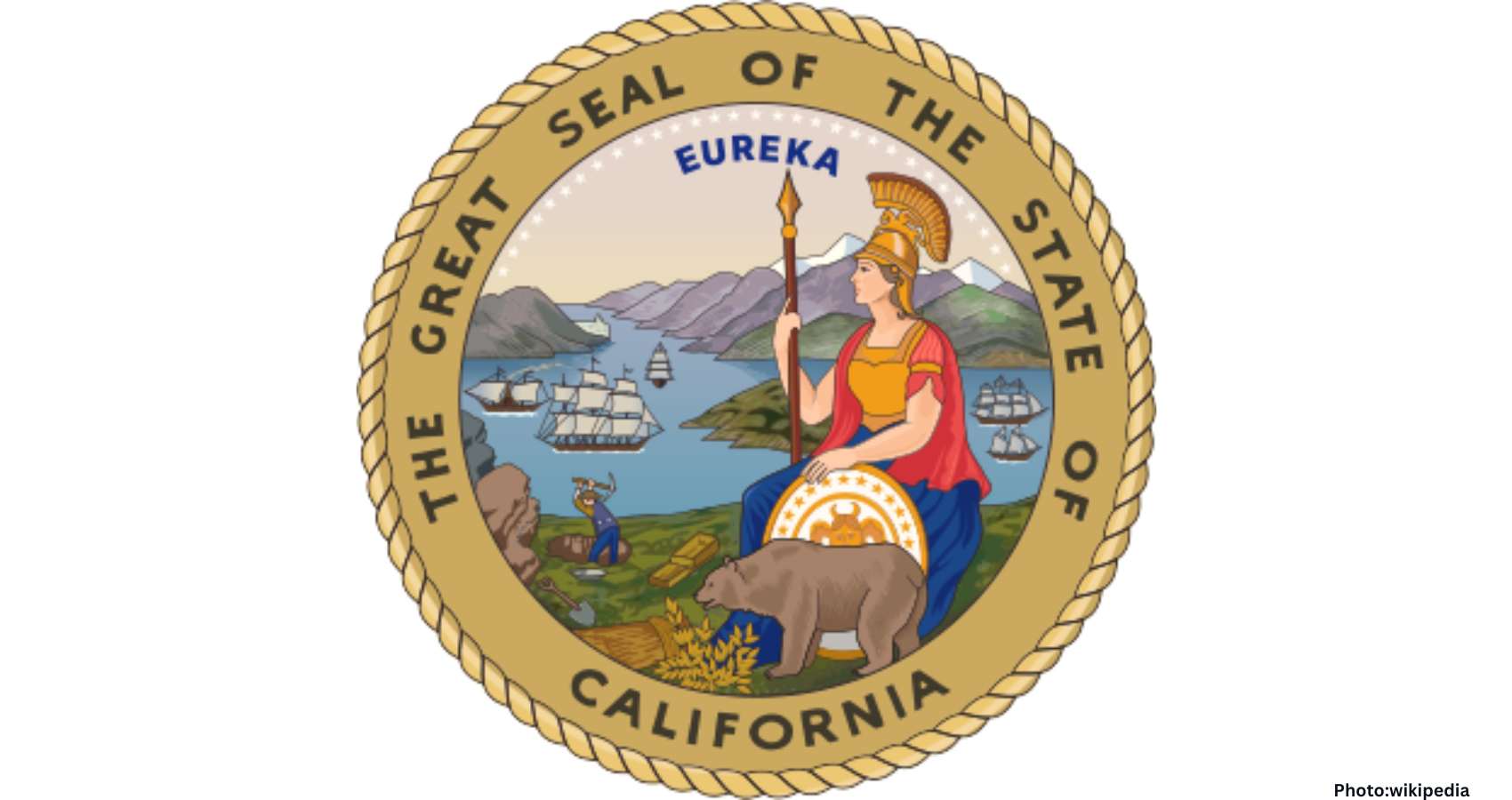California’s Proposition 50 aims to address mid-decade redistricting conflicts and ensure fair representation in congressional districts ahead of the 2026 elections.
A mid-decade redistricting conflict has emerged in response to President Trump’s push for new congressional maps in Texas, designed to bolster Republican representation ahead of the 2026 midterms. In California, Proposition 50 seeks to counter this initiative by proposing a series of new congressional maps for approval in an upcoming special election.
During an October 16 briefing hosted by the American Community Media, policy experts from Common Cause discussed the implications of California’s special election on redistricting and representation. Common Cause, a nonpartisan government watchdog group, has been instrumental in advocating for fair representation in California, having played a key role in the establishment of the state’s independent redistricting commission.
“In 2008, we helped end partisan gerrymandering in California on legislative lines. In 2010, we did the same for congressional lines,” said Darius Kemp, Executive Director for California Common Cause. The creation of the California Citizens Redistricting Commission ensured that voters, rather than politicians, would lead the redistricting process, promoting fair and impartial representation.
Kemp emphasized the significance of this initiative, stating, “We care deeply about this because we know that redistricting is more than just lines on a map. Fair maps mean fair representation, fair votes, and a fair future for everyone.” However, Proposition 50 aims to alter the structure and authority of California’s independent redistricting commission, expanding its powers to redraw congressional districts mid-decade in preparation for the 2026 elections.
In July, the Department of Justice, under President Trump, sent a letter to Texas political leaders demanding the dismantling of congressional voting districts that were designed to empower communities of color. Dan Vicuña, Senior Policy Director of Voting and Fair Representation at Common Cause, noted that Trump also sought to flip five of Texas’s congressional districts from Democratic to Republican control.
In response, California Governor Gavin Newsom announced a plan to redraw the state’s congressional map, aiming to convert five Republican districts to Democratic control ahead of the 2026 midterms. In August, the California legislature passed a legislative package that called for a special election on November 4, 2025, where voters will be asked to adopt the new congressional map.
If approved, Proposition 50 would implement a new U.S. House map for elections from 2026 to 2030. Following the 2030 Census, the authority for redistricting would revert to the Citizens Redistricting Commission. It is important to note that Proposition 50 would only affect U.S. House districts, not State Assembly or Senate districts, and would require a simple majority to pass.
Brittany Stonesifer, Senior Program Manager for Voting Rights and Redistricting at Common Cause, explained that the districts affected would primarily be located around Los Angeles, the Inland Empire, Sacramento, Lodi, San Joaquin, and Fresno.
When evaluating the fairness of Proposition 50, Common Cause does not oppose the measure. Their fairness criteria include proportionality, public participation, racial equity, time limits, and support for federal and independent redistricting reforms. Vicuña stated, “We determined that Prop 50 meets those standards.”
He further emphasized the importance of informed voter decisions, noting, “This is no longer a one-state game in the system. It’s a national power grab designed to make Donald Trump unaccountable to voters in a midterm election he’s afraid of.” Common Cause’s fairness criteria provide a framework for determining how to allocate limited time and resources in the face of ongoing challenges to democracy.
Vicuña highlighted that mid-decade redistricting should be a targeted response to threats posed by gerrymandering, as seen in Texas and other states. Missouri has already completed a redraw, while North Carolina has announced plans to revise its gerrymandered map. Florida and Indiana are also preparing to make similar changes.
Stonesifer pointed out the disparities in voter turnout across California’s diverse population, noting that overall eligible voter turnout was 62% during the 2024 general election, with only 46% for Latino voters and 54% for Asian American voters. These persistent disparities underscore the urgency of addressing representation in the state.
To combat these challenges, California Common Cause mobilizes and trains nonpartisan election protection volunteers, who serve as a vital resource for voters facing obstacles at the ballot box. Voters in need of assistance can call or text 866-OURVOTE, a hotline available in multiple languages, including English, Spanish, Arabic, Chinese, Vietnamese, Korean, Bengali, Hindi, Urdu, and Tagalog.
To participate in California’s elections, individuals must be U.S. citizens, residents of California, and at least 18 years old on Election Day. Those currently serving a prison sentence or deemed mentally incompetent are ineligible to vote. Importantly, unhoused individuals who meet these criteria also have the right to vote.
Voter registration is required before casting a ballot, and it is crucial to ensure that registration is up-to-date. For the November 4 special election, voters can register or update their registration online or by mail until October 25. If they miss this deadline, same-day registration is available in person at vote centers or polling places until polls close on Election Day.
Californians have several options for casting their ballots, including mail-in voting. All active registered voters will automatically receive a ballot by mail, which can be returned through USPS without postage required. Ballots are available in nine languages other than English, and must be postmarked by November 4. However, voters are encouraged to mail them by October 31 to ensure timely delivery.
In-person voting will be available at locations across the state on November 4, from 7 a.m. to 8 p.m. Voters are not required to show ID to vote, although poll workers may request it to facilitate the process. Anyone in line at 8 p.m. on Election Day has the right to vote.
This November, Proposition 50 will be the only statewide measure on the ballot. As Vicuña explains, California’s proposal meets fairness criteria because it prioritizes safeguarding checks and balances during a critical moment for democracy.
Source: Original article

